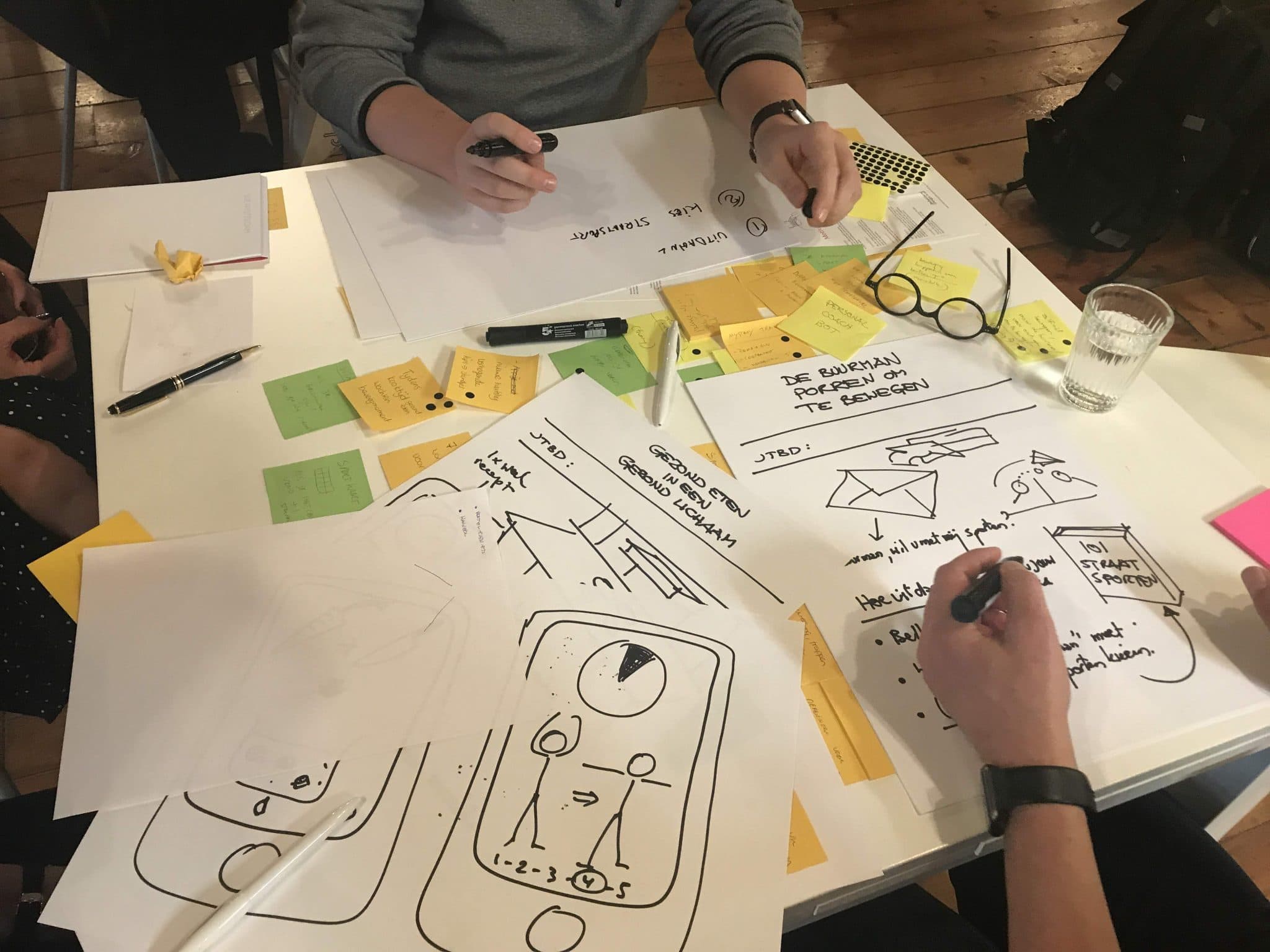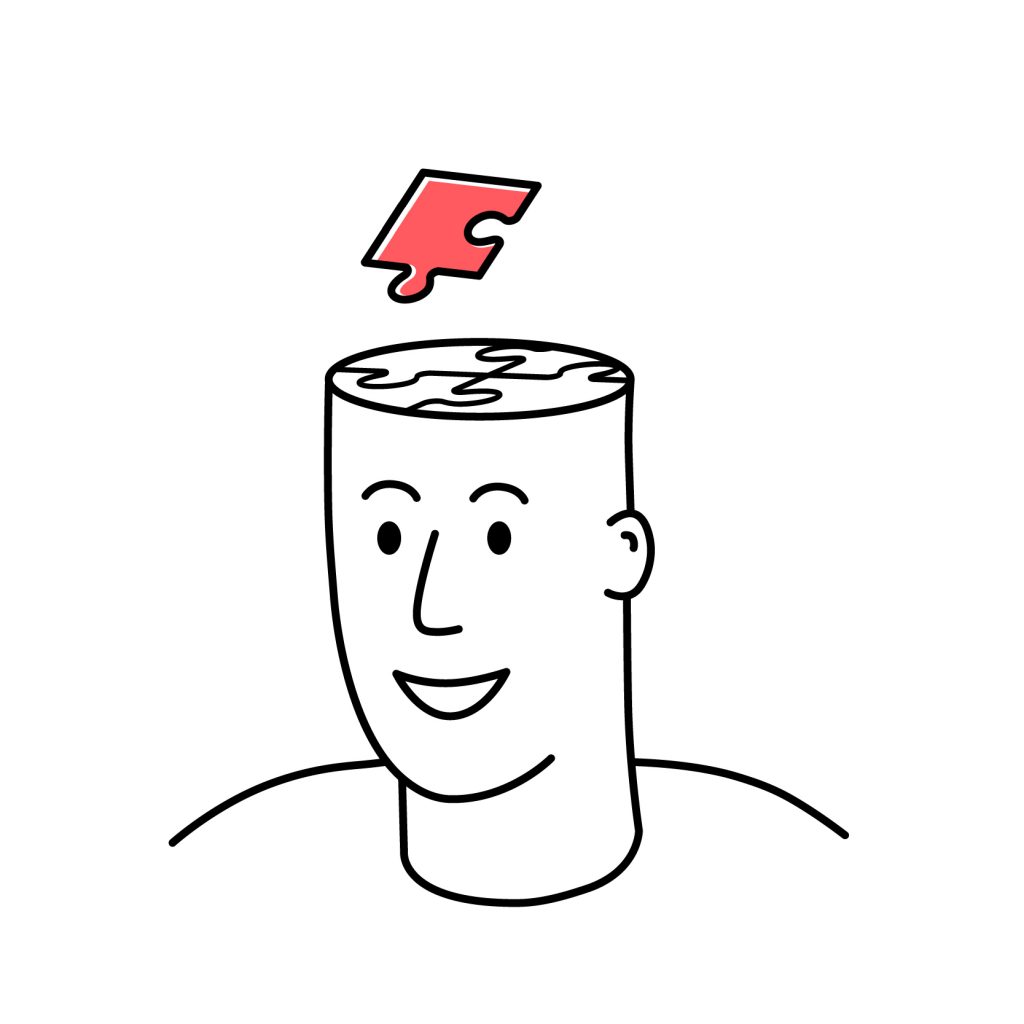The climate change issue is by far the most wicked behavioural design challenge in our lifetime. In about 10-20 years we will need humanity to change the fossil fuel motorblock under the hood of prosperity. And we will need to do this while we’re all high on consuming everything our carefully manipulated desires are told to want. This is the daunting taks for our generation.
There’s going to be a big need for behavioural designers to answer questions like: How are we going to get people, business and politicians to change their behaviour?
Let’s zoom in on cars to begin with: How do you get people to switch to driving electric? It’s actually much simpler than you think.
Learn the Behavioural Design Method
The 2020-editions of the SUE | Behavioural Design Academy foundation course are now online
There’s a big debate going on in the Netherlands right now. The Dutch government was forced to come up with measures to lower the level of CO2 emissions urgently. They came up with the idea to reduce the maximum speed on all highways from 130 till 100 km/hour. The argument seemed more than fair: It’s a relatively small effort, and it saves thousands of jobs in construction. You can read more about it in this article from The Guardian.
The country went bonkers, and the resentment was both fueled and harvested by the far-right populist parties. People don’t want to be told how fast they can drive. The topic is consistently being framed as a complot from the urban elite against the hardworking people.
At the same time, the government decided to stop giving tax incentives for buying electric cars. By the way: it was also brilliantly framed by the opposition as the Tesla-tax. A tax-cut that would only benefit people who are rich enough to buy a Tesla.
What if they would have approached both problems as behavioural designers?
As is all too often the case, the measures were taken with a lousy understanding of human decision making in mind. You don’t have to be a behavioural scientist to understand that taking away a privilege will backfire, no matter how good the intentions. Bas Erlings and Sophie Hermans, the campaigning masterminds behind the Dutch Liberals did a masterful job in framing the issue. They immediately framed it as a “lousy measure they only made to prevent thousands of people working in the construction business would sit at home at the Christmas table without a job”. The “lousy measure”-frame was repeated in national and international media.
But with a little bit of creativity, this could have been a fantastic opportunity to boost the transition to electric driving. The only thing they needed to do, was to allow electric cars to drive 130 in the fast lane. Every time you would see an electric car passing you on the highway, you would essentially see a riding billboard for electric driving. If you combined this with free parking and free chargers in the city-centres, where parking space costs a fortune and are challenging to find, that would spark a rush on electric cars.
However, this requires policymakers to think human-centered instead of looking at the problem through the traditional rational frame. You don’t need to incentivise humans if you can tap into psychological value: The desire to outsmart traffic, to have comfortable parking space and even the desire to be part of a smart group of people who outsmarted the masses by going electric.
But the problem, of course, is that these measures are just a little bit too exotic to say yes to if you are a policymaker. And therefore it’s a lost opportunity. As I argued many times before in this newsletter: policymakers should at least hire behavioural economists or behavioural designers to spot golden opportunities for behavioural change.
Read more about this topic in a blog post I wrote a couple of months ago: How Norway nudges its citizen to drive electric.
Book a 60-minutes with SUE
Do you consider hiring SUE to learn how we could help you to imrpove your product, service or marketing through behavioural psychology? Book 60-minutes with SUE. Get a Behavioural Design perspective on your challenge. Who knows where it could lead to…















 Behaviour change: It’s a framing game
Behaviour change: It’s a framing game





